Podcast – The 2021 Washington state Teachers of the Year

In our podcast, we interview policymakers, partners, and thought leaders to spotlight education policies, research, and practices so that together we can create a brighter future for every Washington student.
In this episode, League of Education Voters Communications Director Arik Korman asks the 2021 Washington state Teachers of the Year about their teaching philosophy, their greatest accomplishment in the classroom, how they would make teaching better in Washington state, what advice they would give a new teacher, what motivation they still carry with them from their first day in the classroom, how the COVID pandemic has impacted their work, what school districts can do to better support teachers, and what advice they would give to parents and educators during this time. We were honored to interview:
Brooke Brown, 2021 Washington state Teacher of the Year and Regional Teacher of the Year from Puget Sound Educational Service District 121, who teaches English and Ethnic Studies at Washington High School in the Franklin Pierce School District
Ben Ballew, 2021 Regional Teacher of the Year from Northwest Educational Service District 189, who teaches English at Arlington High School in the Arlington School District
Megan Anderson Reilly, 2021 Regional Teacher of the Year from Educational Service District 105, who teaches Spanish at AC Davis High School in the Yakima School District
Devin Bauer, 2021 Regional Teacher of the Year from Northeast Educational Service District 101, who is a Special Education Department Head and Learning Center teacher at Lakeside High School in the Nine Mile Falls School District
Chenoa Meagher, 2021 Regional Teacher of the Year from Educational Service District 123, who teaches kindergarten at Sagecrest Elementary School in the Kennewick School District
David Buitenveld, 2021 Regional Teacher of the Year from Capital Region Educational Service District 113, who teaches mathematics and is a remote learning coach at Nisqually Middle School in the North Thurston School District
Erin Lark, 2021 Regional teacher of the Year from Educational Service District 112, who science and STEM at iTech Preparatory School in the Vancouver School District
Jackie Hentges, 2021 Regional teacher of the Year from North Central Educational Service District 171, who teaches science at Brewster Middle School in the Brewster School District
David Tracewell, 2021 Regional Teacher of the Year from Olympic Region Educational Service District 114, who teaches English and Media Communications at Klahowya Secondary School in the Central Kitsap School District
Listen:
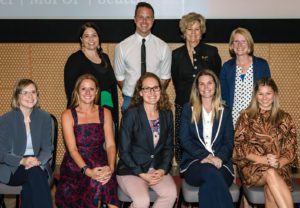 In our podcast, we interview policymakers, partners, and thought leaders to spotlight education policies, research, and practices so that together we can create a brighter future for every Washington student.
In our podcast, we interview policymakers, partners, and thought leaders to spotlight education policies, research, and practices so that together we can create a brighter future for every Washington student.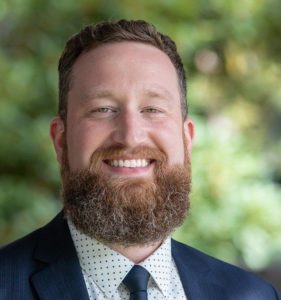
 The Tukwila School District, one of the most diverse in the country, is in its third year of training elementary school teachers to engage English Language Learner (ELL) students in an innovative way.
The Tukwila School District, one of the most diverse in the country, is in its third year of training elementary school teachers to engage English Language Learner (ELL) students in an innovative way. 
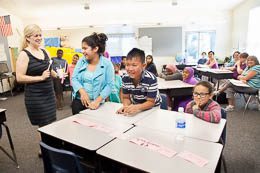
 By Lyon Terry, 2015 Teacher of the Year
By Lyon Terry, 2015 Teacher of the Year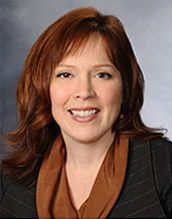 By Diana White, Edmonds School Board, Guest Blogger
By Diana White, Edmonds School Board, Guest Blogger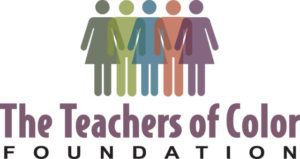
 One day, I was browsing the shelves in Seattle’s Douglas Truth library when I noticed a cookbook for children with attention deficit disorder and autism. I found it very interesting and useful, being that I was diagnosed with ADHD in elementary school. As I perused the recipes, I noticed that none of them contained sugar-based products, with the exception of the naturally occurring sugars in fresh fruit. I continued to read. Eventually, I was captivated by a quote from a top nutritionist who stated that the first meal we eat in the morning shapes the rest of our day.
One day, I was browsing the shelves in Seattle’s Douglas Truth library when I noticed a cookbook for children with attention deficit disorder and autism. I found it very interesting and useful, being that I was diagnosed with ADHD in elementary school. As I perused the recipes, I noticed that none of them contained sugar-based products, with the exception of the naturally occurring sugars in fresh fruit. I continued to read. Eventually, I was captivated by a quote from a top nutritionist who stated that the first meal we eat in the morning shapes the rest of our day. Our conversation around redefining basic education continues with an examination of an often overlooked part of the education system, educator preparation.
Our conversation around redefining basic education continues with an examination of an often overlooked part of the education system, educator preparation. As discussed in our
As discussed in our